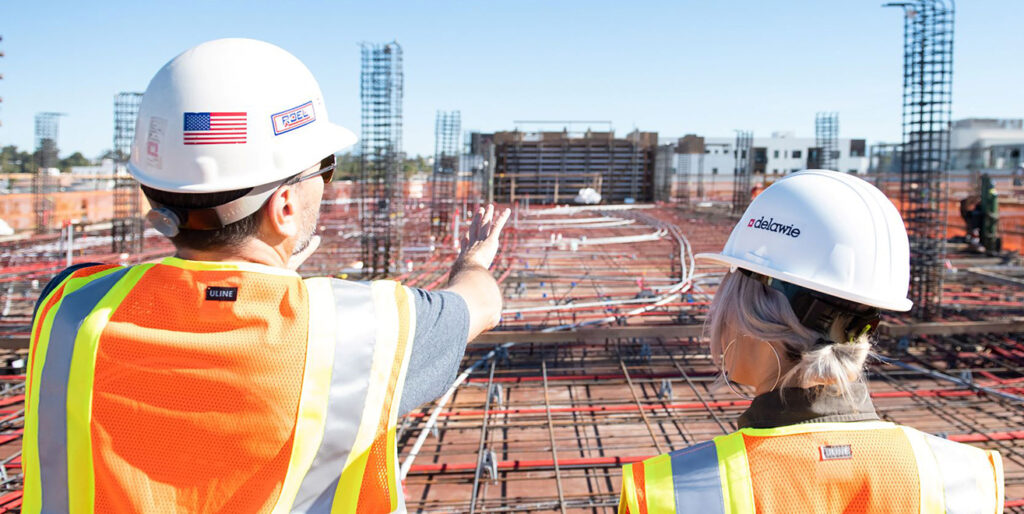In today’s competitive landscape, businesses are realizing that their employees are not just assets, but rather the driving force behind their success. By igniting their passion, commitment, and creativity, companies can unlock a whole new level of productivity, innovation, and customer satisfaction. Employee engagement is the catalyst that fuels these positive outcomes and creates a sustainable competitive advantage.
Patrick Lencioni, President of The Table Group and a pioneer in the organizational health movement, writes and speaks about how to build healthy organizations. He says:
“Leaders who can identify, hire, and cultivate employees who are humble, hungry, and smart will have a serious advantage over those who cannot.” –The Ideal Team Player, 2016
“The financial cost of having an unhealthy organization is undeniable: wasted resources and time, decreased productivity, increased employee turnover, and customer attrition.” – The Advantage, 2012
This approach emphasizes the power of employee engagement in driving both individual and organizational success, ultimately fueling significant market share growth.
The average cost to replace a terminated employee is about 50% of that employee’s annual salary. Therefore, it is crucial for businesses to prioritize employee engagement and retain their talented workforce.
Related: CEOs Roll Up Their Sleeves: Business Without Bailout
Here are 9 of the most notable reasons for employee engagement:
- Competitive compensation and benefits
- Professional development opportunities
- Engaged management
- One to One meetings with regularity for individual growth
- Team Meetings with concrete format and emphasis on how to impact company outcomes
- Work/life balance
- Flexible work options
- Work environment/company culture – Identify and eliminate the things that trigger the leadership and team
- Employee recognition – Do it publicly
To achieve this level of engagement, organizations must prioritize creating a positive and supportive work environment. This involves fostering open communication, encouraging collaboration and teamwork, providing opportunities for professional growth and development, and recognizing and rewarding employees for their contributions.

By investing in their well-being and career advancement, businesses can nurture a motivated and engaged workforce that is eager to excel.
Related: How Have Equipment Prices Changed Since the Pandemic?
Each organization will have unique ways of fostering team connection and growth. At EFFI, we celebrate big wins, small victories, and personal milestones at regular intervals with the Swedish tradition called a “Fika” that involves connecting the team around a coffee and a sweet.
On the operational side, we have also implemented EOS, the Entrepreneurial Operating System, which provides a reliable framework for regular connection, visibility and resolution on daily business issues.
Interested to learn more? Please let us know.


